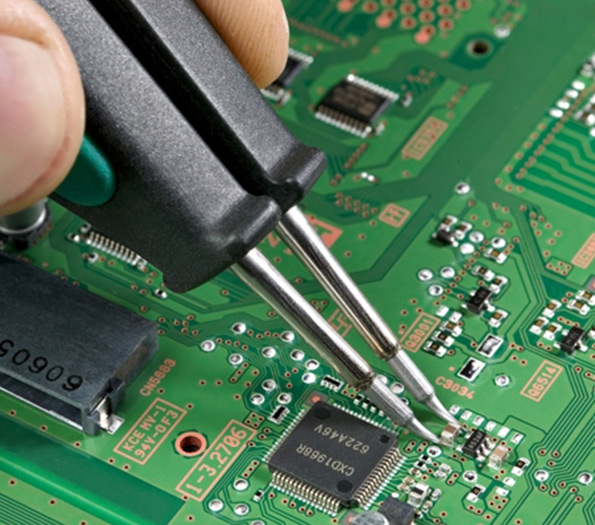

Low-E Glass in China Revolutionizing Energy Efficiency in Construction
Low-emissivity (Low-E) glass is gaining significant traction in China's construction industry, driven by rising energy efficiency standards and an increasing awareness of environmental sustainability. This specialized type of glass is coated with a thin layer of metallic oxide, enhancing its ability to reflect infrared energy while allowing natural light to pass through. As China continues to urbanize at an unprecedented rate, the demand for energy-efficient building materials like Low-E glass is on the rise.
Understanding Low-E Glass
Low-E glass is designed to minimize the amount of ultraviolet and infrared light that can pass through glass without compromising the amount of visible light that is transmitted. This is accomplished through metallic coatings that reduce heat transfer, making buildings more energy-efficient. By reflecting heat back into the building during winter and keeping indoor heat out during summer, Low-E glass plays a critical role in maintaining comfortable indoor temperatures and significantly reducing energy consumption.
The Growing Demand in China
China's rapid urbanization and economic growth have led to an increase in construction activities, especially in large cities. This rapid development has resulted in heightened energy consumption, prompting the government to implement policies focused on energy conservation and emission reductions. The promotion of sustainable building materials is a pivotal aspect of these policies.
In response to these trends, the Chinese market for Low-E glass has expanded considerably. The country is not only witnessing a rise in the production of Low-E glass but is also seeing its incorporation into various architectural designs. From commercial skyscrapers to residential complexes, Low-E glass is transforming the way buildings are constructed and envisioning future developments.
Environmental Benefits
The environmental advantages of using Low-E glass are compelling. By significantly reducing energy consumption, Low-E glass helps to decrease greenhouse gas emissions associated with heating and cooling. Additionally, as China aims to transition to a greener economy, application of Low-E glass aligns perfectly with initiatives promoting sustainable architecture.

A study indicated that buildings utilizing Low-E glass could see energy savings of up to 30% compared to those using traditional glass. This reduction in energy requirements not only lowers operational costs for building owners but also contributes to lowering the overall demand for energy, promoting a more sustainable energy environment.
Challenges and Considerations
While the prospects for Low-E glass in China are promising, there are challenges to overcome. The initial cost of Low-E glass can be higher than that of conventional glass, which may deter some builders and developers. However, as awareness of its long-term benefits grows and as production techniques become more efficient, these costs are likely to decrease.
Moreover, ensuring the quality of Low-E glass is vital. With various manufacturers entering the market, it is crucial to adhere to strict quality standards. The Chinese government has recognized this need and is implementing regulations to ensure that Low-E glass products meet safety and energy efficiency standards.
Future Outlook
The future of Low-E glass in China appears bright, especially as the country is committed to achieving its carbon neutrality goals by 2060. The integration of Low-E glass into building codes can accelerate the adoption of energy-efficient practices in both residential and commercial construction sectors.
Moreover, as the global demand for energy-efficient products continues to rise, Chinese manufacturers can also seize opportunities in international markets. By enhancing the quality and innovation of Low-E glass products, China could potentially become a key player in the global market for energy-efficient building materials.
Conclusion
Low-E glass represents a significant advancement in the pursuit of energy efficiency in construction. As China continues to emphasize sustainability and energy conservation, the adoption of Low-E glass will play an essential role in reducing energy consumption and greenhouse gas emissions. By overcoming potential challenges and focusing on quality and innovation, China can pave the way for a greener future with Low-E glass at the forefront of its architectural evolution.